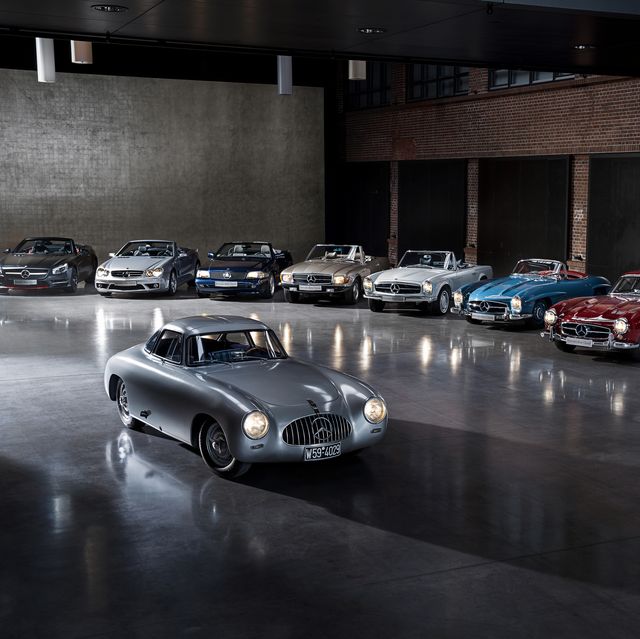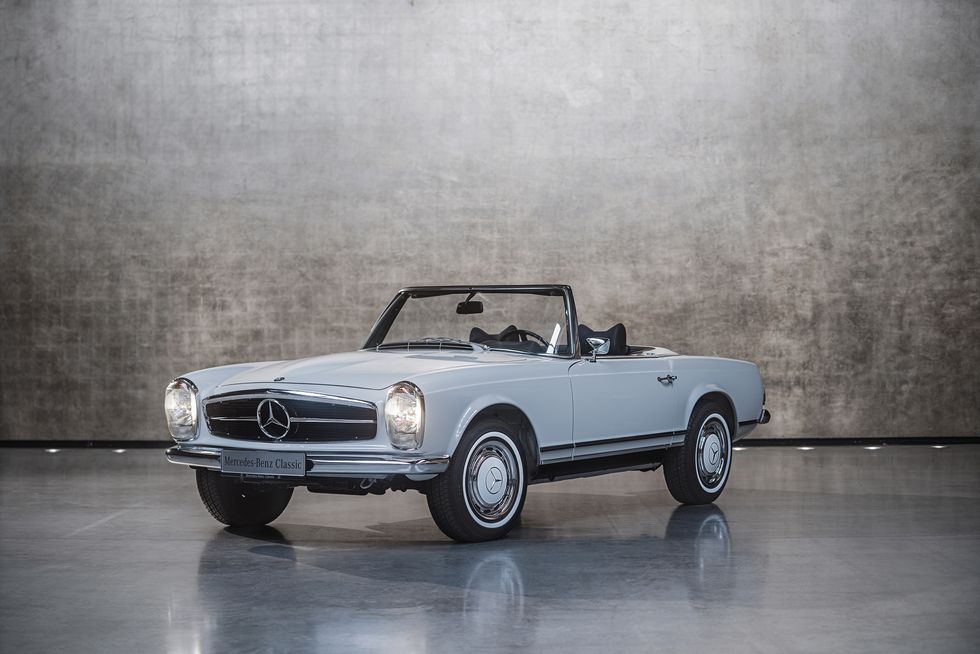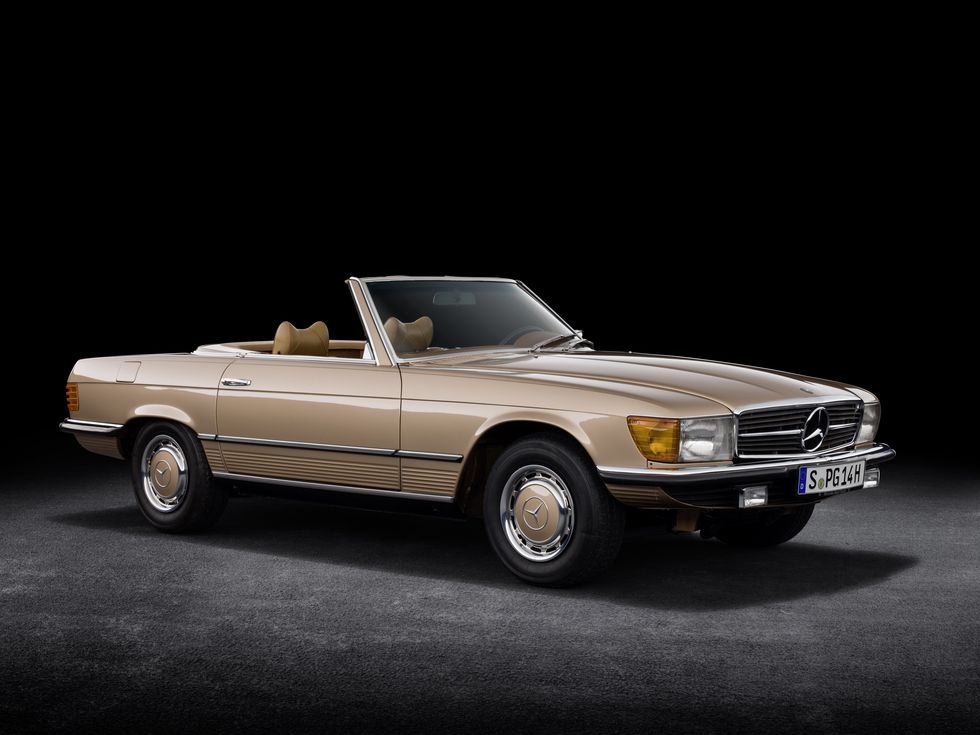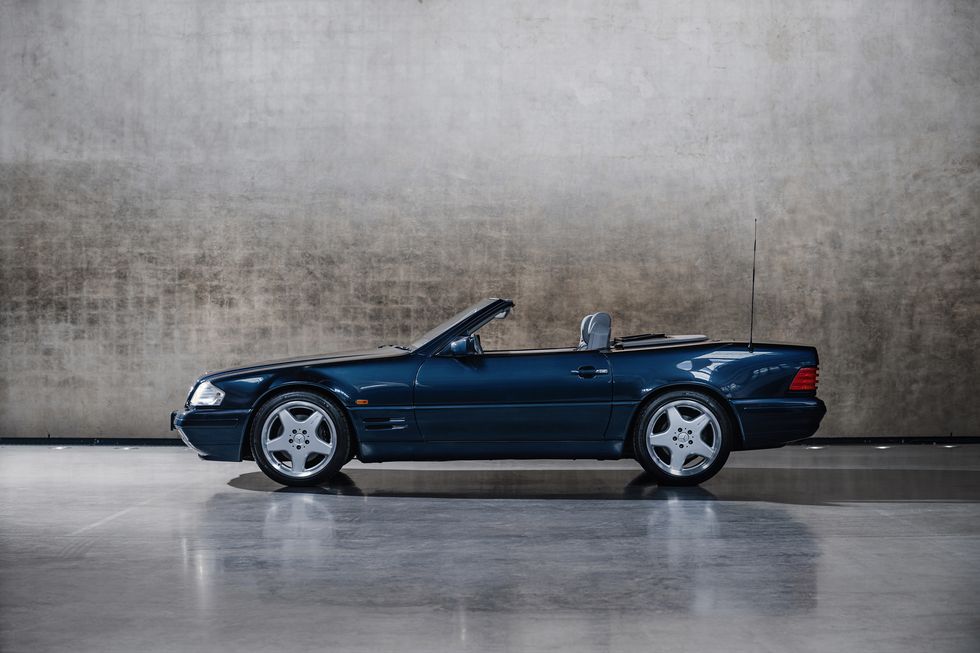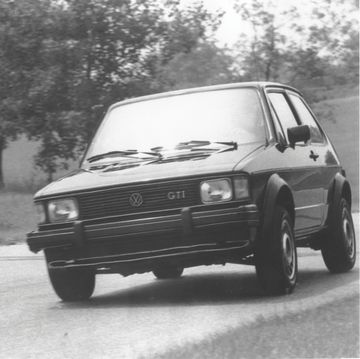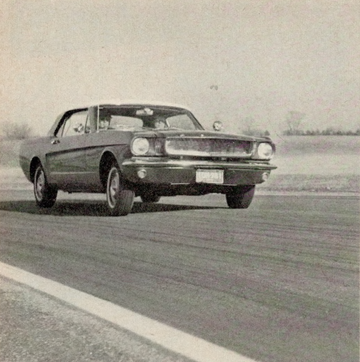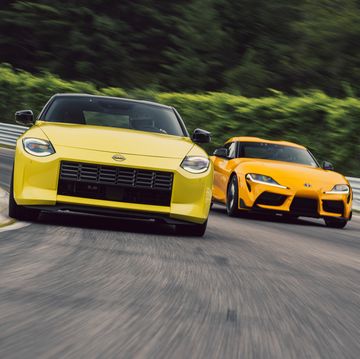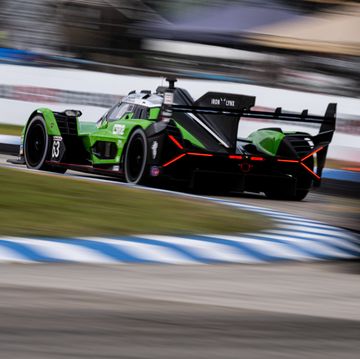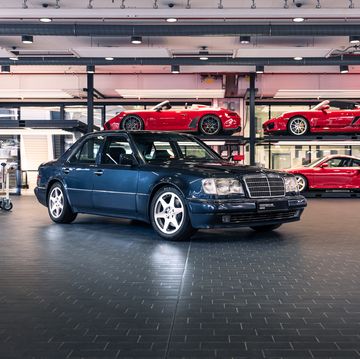A new Mercedes-Benz SL has just been released. This is cause for celebration for those of us who love sporting, stolidly-built grand-touring convertibles, a category that has, for nearly 70 years, been dominated by the Super-Licht.
Every generation of living car aficionados has thus had at least one SL to imprint on or aspire to. Considering this compelling heritage, you may wonder if now is the right time to buy an SL of your own.
If you find yourself in this position, you could have no better guide than Mike Kunz. For nearly 20 years, Kunz has run the Mercedes-Benz Classic Center in southern California, a subsidiary of Benz's U.S. arm dedicated to the preservation and restoration of Mercedes-Benz vehicles that are over 20 years old.
Here are Kunz’s tips, generation by generation.
300 SL (W198) 1954-1963
More than six decades old, every 300 SL has likely been through some sort of restoration. To Kunz, this presents an important question: "What did someone else do to the car that is incorrect and may be difficult to correct?" He tells horror stories of cars that were purchased without proper expert inspection or provenance checks. "We have a car in the shop right now that has a race history the owner didn’t know about," Kunz said. "Under all the paint and body filler, we have a very mangled car. It’s all fixable, of course." But with the Gullwing’s tube frame chassis and complex engineering, "it takes a lot of effort and money to do that."
230/250/280 SL (W113) 1963-1971
Similar to the 300 SL, in a Pagoda, buyers should watch primarily for poor prior work. But, according to Kunz, these cars are also rust prone, especially out back. "The trunk seal will fail, and as a result, water gets under the trunk mat and it never dries until it rusts the floor out." Again, it’s fixable, but not cheaply. Fortunately, these cars are very mechanically robust, and share their drivetrain with mainstream M-B sedans of the era. "So, unlike a 300 SL, the need for specialists for repairs isn’t so strong," Kunz said.
350/450/380/560 SL (R107) 1971-1989
"They call it the Panzer, because the car is extremely overbuilt," Kunz says. But Mercedes sold a ton of these, and for awhile they were just cheap used cars, so watch out for deferred maintenance. "Later cars have a very complex vacuum system for climate control, so make sure all of that works," Kunz says. "And rust can be an issue." He also shies away from the 380, "because it was throttled back from an emissions perspective." Perhaps that's not a fatal flaw: All 107s were essentially built to be cruisers. "You don’t drive it as a sports car."
320/500/600 SL (R129) 1989-2001
These up-and-comers on the collector car market are described by Kunz as "modern, comfortable, fast, and well-built." However, he warns to watch out for issues with the complex roof hydraulics. "The hydraulic rams that control the individual locks and movements can start to leak or seize or not work," he says. He also advises about "some issues with interior plastics. We’ve seen ozone-related deterioration, primarily on the early cars." And, as desirable as it is—and will become—"I would tend to stay away from the V-12," Kunz says. "There’s great complexity with that."
SL 500/550/600 (R201) 2001-2012
Kunz calls these cars "a relatively great value." But he warns against some of the same issues found in the R129. "On the interior bits and pieces, the plastics get gummy." Many replacement interior pieces are available new from Mercedes, so long as they're a standard color—many of the rarer hues are no longer produced. And again, with the folding hardtop, check the roof hydraulics. "You need to make sure all of that works, and works within a reasonable time. If you have a slow roof, there’s probably not enough fluid in the system. And if there’s not enough fluid in the system, why is that? It’s probably leaking somewhere."
Brett Berk (he/him) is a former preschool teacher and early childhood center director who spent a decade as a youth and family researcher and now covers the topics of kids and the auto industry for publications including CNN, the New York Times, Popular Mechanics and more. He has published a parenting book, The Gay Uncle’s Guide to Parenting, and since 2008 has driven and reviewed thousands of cars for Car and Driver and Road & Track, where he is contributing editor. He has also written for Architectural Digest, Billboard, ELLE Decor, Esquire, GQ, Travel + Leisure and Vanity Fair.
